What is a good rate of return on investments? Looking at historical averages of the S&P 500 to project a more reasonable rate of return after a stellar 2021. I am not a licensed investment advisor and this article is not investment advice.
Last year’s returns have given investors unrealistic expectations for future investment returns.
In case you didn’t know, the S&P 500 returned over 28% and the TSX returned 21.7% in 2021.
To put it bluntly, these are outrageously good returns. The oracle of Omaha himself, Warren Buffett, amassed his fortune by averaging around 20% per year for decades.
Of course, common sense would tell you that it’s unlikely that these 20% plus returns will continue.
Not everyone can build wealth like Warren Buffet.
But now you’re probably wondering what is a good rate of return on investments?
What kind of investment return can you expect going forward? Some people are even predicting a lost decade for investment returns.
In this post, I aim to lower your exceptions and provide you with more reasonable investment return expectations.
Let’s get started.
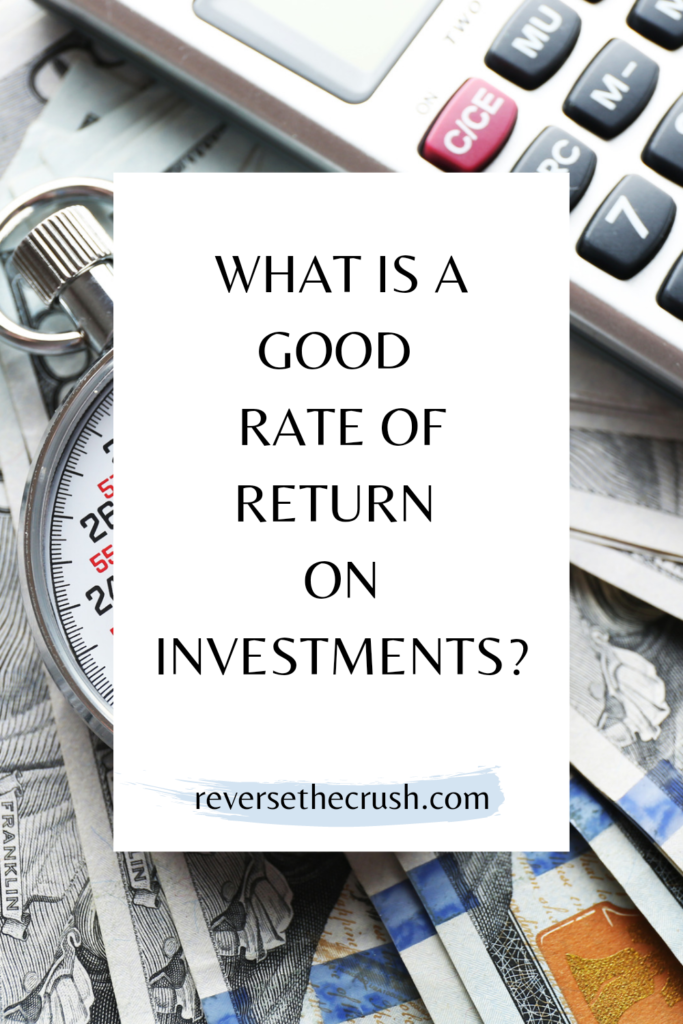
What Is A Good Rate Of Return On Investments? (7%)
According to SoFi, a good rate of return is considered to be about 7% annually.
This might sound like a significant drop from the 28% return provided by the S&P 500 in 2021.
But a 7% annual rate of return is a much more realistic expectation. Last year was likely a one off.
At this point, you might be thinking you will be able to invest in growth stocks and beat 7% annually. Maybe that’s the case if you are a skilled stock picker, but it’s not likely.
Historically, 90% of investment advisors underperform the market, meaning they average less than 7% annually.
So, don’t get too ahead of yourself thinking you’re going to average 100% a year or something.
Remember, you are not Warren Buffett or one of the best investors of all time.
Related: Best Investors Of All Time: The 10 Greatest Investors Ever (Historical and Modern)
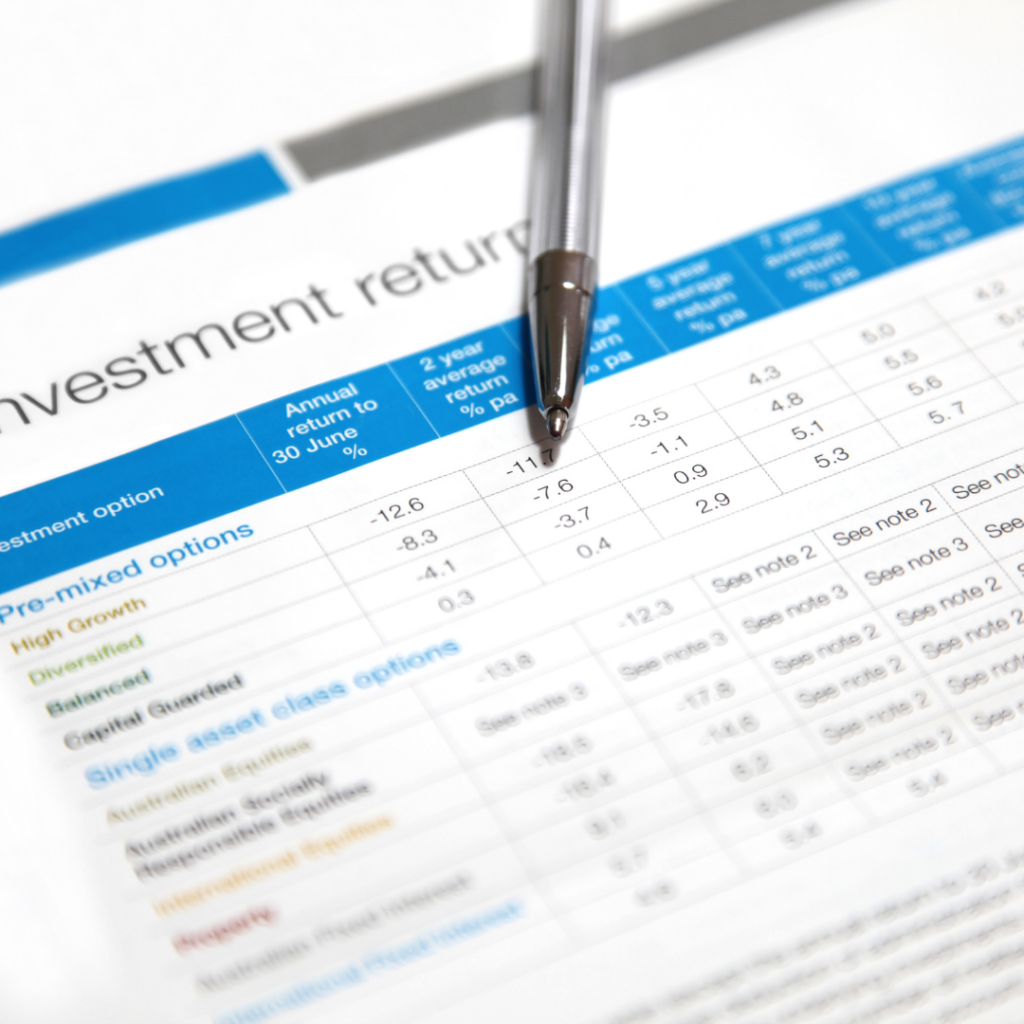
How To Know What A Good Rate Of Return Is
Of course, I’m not just making this number up. The 7% return rate is based on historical averages of the S&P 500 dating back to 1957.
To know how your portfolio performance compares to the market, it’s wise to compare your performance to the S&P 500.
The S&P 500, which stands for Standard & Poor’s 500 index, started being tracked back in 1926 when it was composed of only 90 companies. Then in 1957, the index expanded to include the 500 companies it has today.
Nevertheless, the S&P 500 index has been tracked for more than 60 years, which makes it a quality indicator.
During this time (1957 – 2021), the S&P 500 has averaged a 10.49% rate of return (according to Investopedia). After adjusting for inflation, the S&P 500 index has averaged closer to a 7% rate of return.
As such, it’s safe to assume a 7% rate of return going forward if you invest in the S&P 500.
Related: How To Calculate Return Rate (ROR) + Calculator Rate Of Return
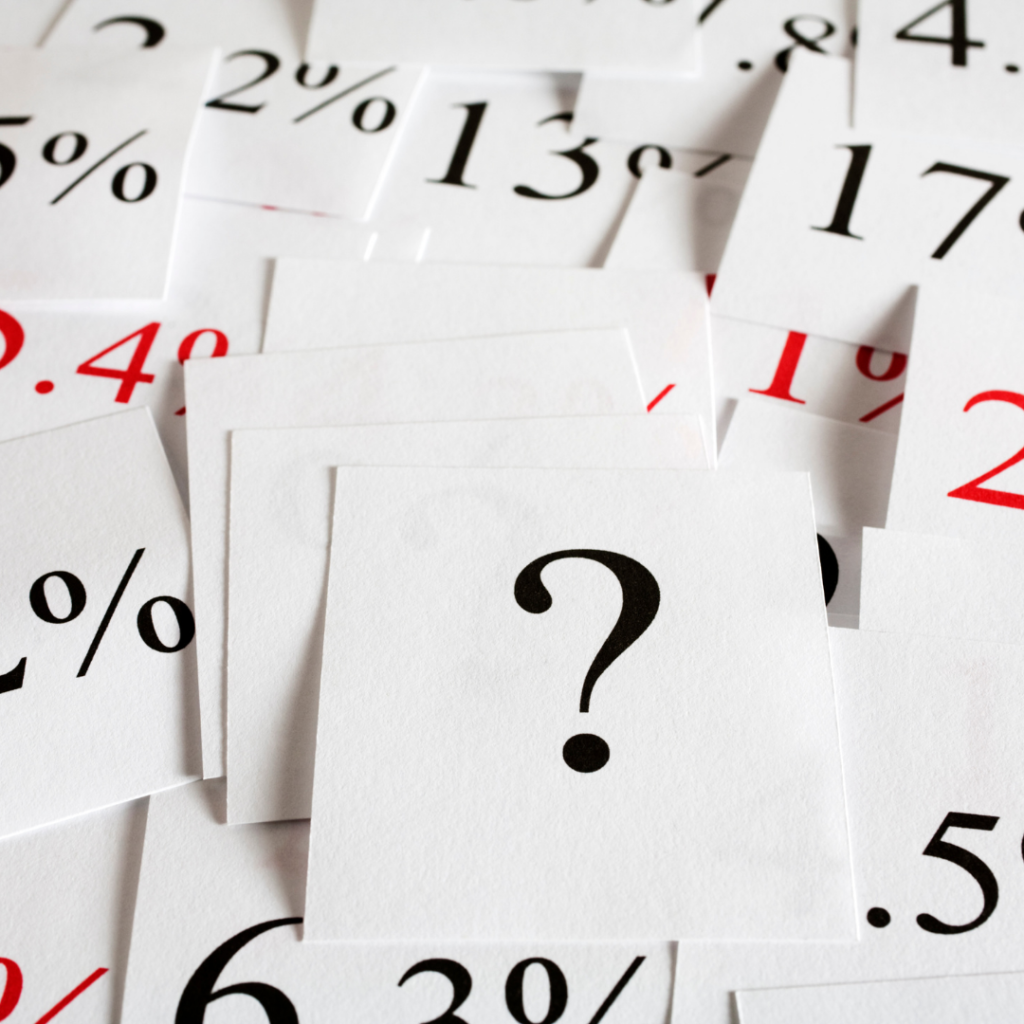
Final Thoughts
In summary, a good rate of return on investments is 7% annually based on the historical average of the S&P 500 since 1957.
Of course, it’s possible to beat the market if you are a stock picking guru. But chances are that you won’t beat the market. Most professionals fail to beat the market according to a 2020 report that analyzed a 15 year period of returns.
As such, it’s probably a wise idea to lower your investment return expectations going forward.
Instead of expecting another year of 30% returns, prepare yourself to be satisfied with 7% to 10% instead. If the market outperforms, you will do better than expected. If it underperforms, you won’t be nearly as disappointed.
Personally, my portfolio usually returns around 8 to 15%. Last year it exceeded 20% along with the market. But I do not expect another 20% or more year from my portfolio or the S&P 500 in 2022.
I would be more than satisfied with 7% to 10% and hope to average within this range for the next few decades.
Similar Articles On Investing To Check Out
How To Calculate Return Rate (ROR) + Calculator Rate Of Return
S&P 500: How To Buy It And Turn $10,000 Into $420,000
How Much Will I Have If I Save $200 A Month?
Best Investors Of All Time: The 10 Greatest Investors Ever (Historical and Modern)
I am not a licensed investment or tax adviser. All opinions are my own. This post may contain advertisements by Monumetric. This post may also contain internal links, affiliate links to BizBudding, Amazon, Bluehost, and Questrade, links to trusted external sites, and links to RTC social media accounts.
Connect with RTC
Twitter: @Reversethecrush
Pinterest: @reversethecrushblog
Instagram: @reversethecrush_
Facebook: @reversethecrushblog
Email: graham@reversethecrush.com
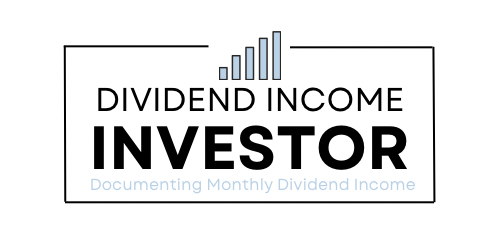
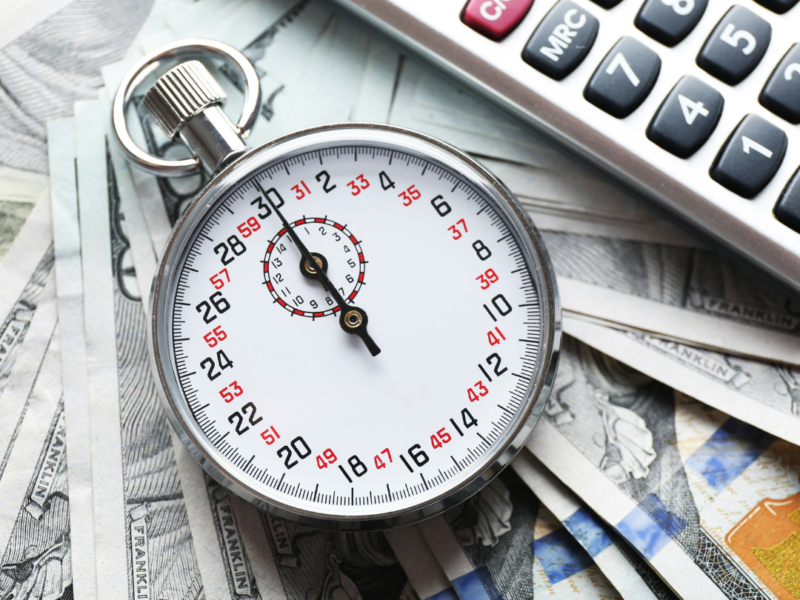
 Reinvest Stock Dividends — 4 Ways To Reinvest Dividends
Reinvest Stock Dividends — 4 Ways To Reinvest Dividends
